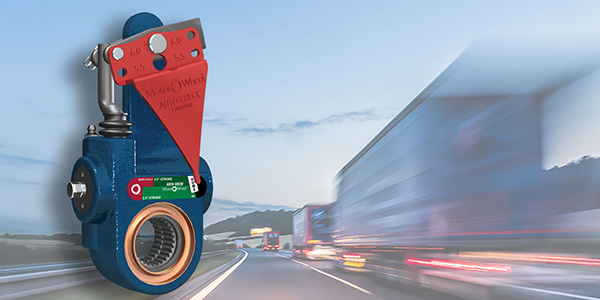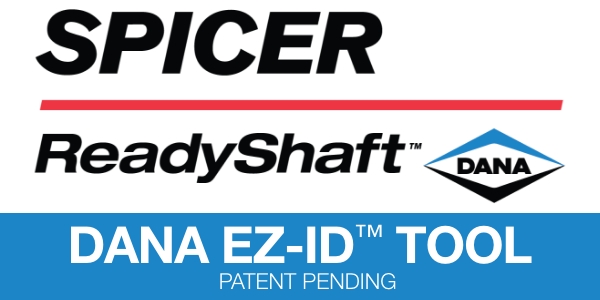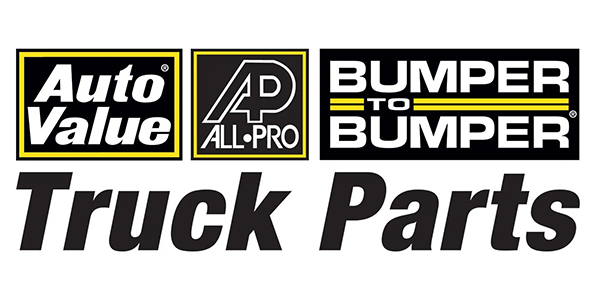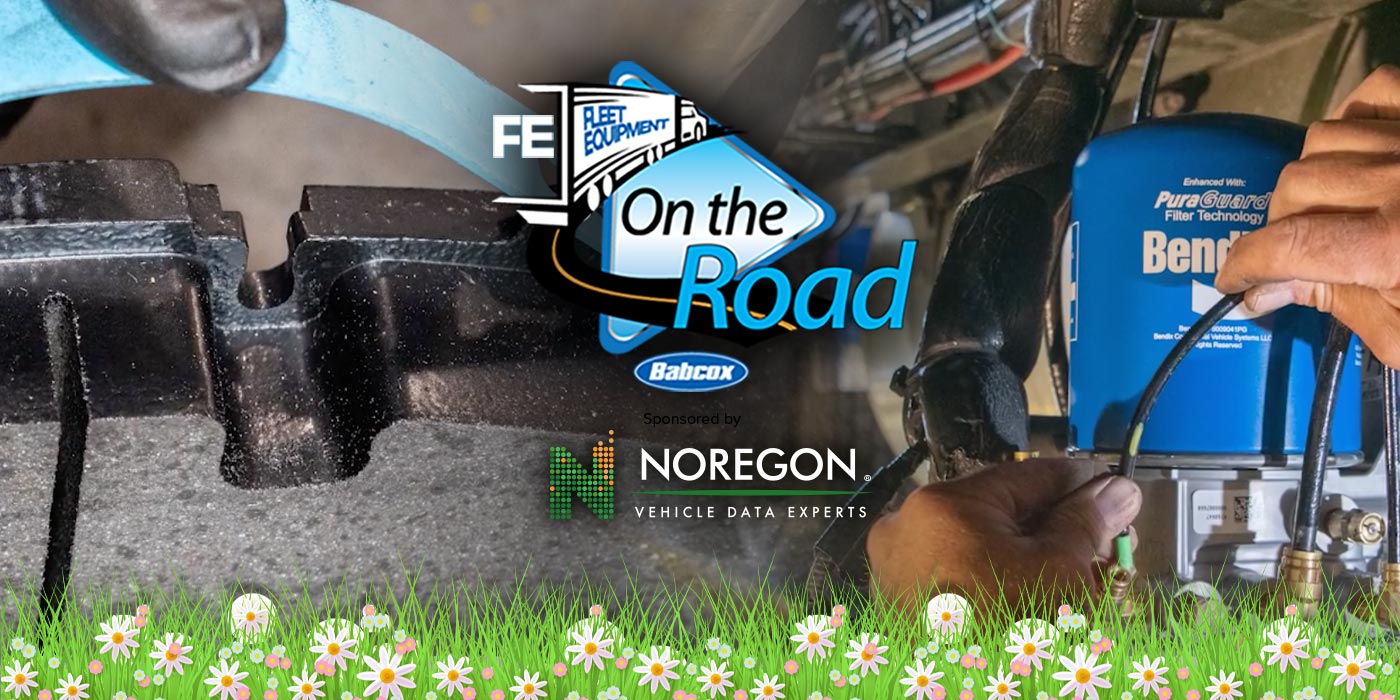“Slack adjusters are secure; not cracked, bent, or broken and have no more than 1 inch of free play with the brakes released.”
That’s the daily pre-trip inspection mantra of every driver who kicks the tires before taking off on their route. Or it should be. Slack adjusters are a safety-critical component of truck and trailer braking systems and deserve daily attention. They manage the connection between the brake pad and the brake drum so that when the driver hits the brakes, they respond as he or she expects them to even in high-stress situations like a sudden maneuver or panic stop. Like many components in the trucking industry, there’s no one-size-fits-all slack adjuster.
“Each manufacturer has a different design in their brake adjusters to sense the length of stroke–when that shoe hits the drum–to maintain that clearance,” noted Jeff Pond, program manager at Motor Wheel. “You need to know your legal limits when you’re doing your inspections to know if your brake adjuster is operating properly. Is it a legal limit of 2 inches? 1 3/4 inches? 2 1/2 inches?”
The legal limits based on the type of brake chamber dictate the safe range that the brake adjuster should operate within to prevent potential issues like over-stroking or under-stroking.
“The majority of brake chambers out there are either a standard 30/30 chamber that has a 2-inch legal limit or a long-stroke 30/30 chamber that has a 2 1/2-inch legal limit,” he said, before explaining that the standard 30/30 brake chamber can actually move up to 2 1/2 inches and the long-stroke 30/30 chamber can move up to 3 inches. However, “the DOT doesn’t want you to use that last half-inch of any chamber because that’s when the torque value goes down and you lose pressure.”
Pond recommended that slack adjusters in proper operation would ride under the legal limit and maintain about 1 1/2 inches. “When you start approaching 2 inches, that’s when you need to inspect your brake system.”
Notice he said to inspect the brake system–not adjust the slack. That’s because today’s slack adjusters are typically automatic.
“You should never manually adjust an automatic brake adjuster like they used to do with old manual brake adjusters in the early ’90s,” he said. “If the slack on a 30/30 brake chamber with a legal limit of two inches, you don’t want to manually adjust it. It’s telling you there’s something wrong.”
It could mean that your brake lining is worn or your drum is too thin. A slack adjuster out of stroke alignment is a sign that something else is potentially wrong with your entire brake system.
“If you continually adjust an automatic brake adjuster, the fine teeth inside the gears and inside the clutch mechanisms will be worn down, on any manufacturer’s slack, which would take away from the safe operation of the brake adjuster, no matter whose brand it is.”
That’s not to say that all slack adjusters are created equal. You’ll want to look for a slack adjuster is dependable and makes inspection easy. For example, a Motor Wheel slack adjuster, a rebranding of its Crewson automatic brake adjuster line that aligns with the product expectations set by Motor Wheel and Hendrickson, offers AutoCheck, an advanced optional feature that enables the check of an air chamber stroke without crawling under the vehicle. The AutoCheck pointer color is changing to red to bring attention to its position and the pointer geometry and the clevis pin kits are redesigned to improve functionality and versatility.
Motor Wheel slack adjusters also feature a Clearance-Sensing Adjuster System that sports the industry’s premier reduced-wear clutch, the grease fitting is switching from a 90-degree fitting to a straight fitting to improve accessibility, and proprietary internal modifications have been made to enhance performance and durability
Click here to learn more about Motor Wheel’s lineup of heavy-duty truck slack adjusters.















